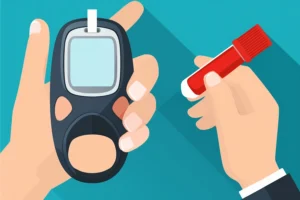In a groundbreaking medical advancement, researchers from Northwestern University have developed the world’s smallest pacemaker, a device so tiny, it’s smaller than a grain of rice. Measuring just 3.5 millimeters in length and 1.8 millimeters in width, this injectable pacemaker represents a major step forward in cardiac care, offering a minimally invasive, temporary solution for patients requiring short-term pacing.
Published in Nature, the study highlights how this wireless device is designed to safely dissolve in the body over a predetermined period, eliminating the need for surgical removal. Powered by external light and constructed from biocompatible materials, it provides a revolutionary alternative for post-operative heart rhythm support or other short-term cardiac conditions.
The pacemaker operates wirelessly, activated by a soft, flexible, chest-mounted wearable that uses infrared light pulses to regulate the heart’s rhythm. It is powered by a galvanic cell battery that activates upon contact with body fluids, providing the necessary energy for its function.
“This is a transformative breakthrough,” said the lead scientists, noting that while human trials are still years away, the technology opens the door to a future where temporary electronic implants could be tailored for various medical applications, not just cardiology. Its ultra-miniaturized size allows it to be injected directly into the body, reducing the trauma, infection risks and complexity associated with traditional pacing devices.
While initially developed with pediatric cardiac care in mind especially for newborns with congenital heart defects, its potential extends far beyond the heart, with implications for smart, dissolvable implants across multiple specialties in medicine. As research progresses, this innovation could redefine how temporary medical devices are used, offering patients safer and more efficient care with fewer long-term risks.
Disclaimer: This article is intended for informational purposes only and does not constitute medical advice. The technology described is in the research phase and not yet approved for general clinical use. Always consult qualified healthcare professionals for diagnosis, treatment or medical guidance specific to your health condition.



